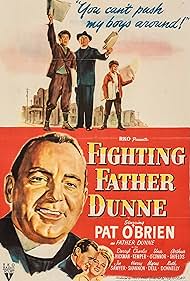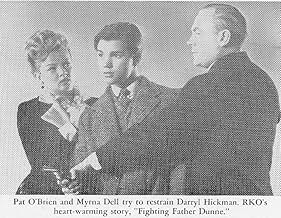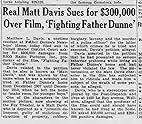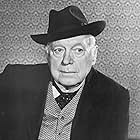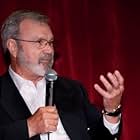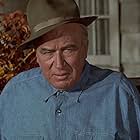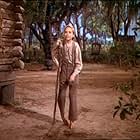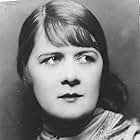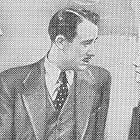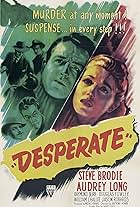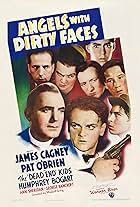In 1905, a crusading priest tries to help poor newsboys.In 1905, a crusading priest tries to help poor newsboys.In 1905, a crusading priest tries to help poor newsboys.
James Nolan
- Policeman Danny Briggs
- (as Jim Nolan)
- Director
- Writers
- All cast & crew
- Production, box office & more at IMDbPro
Storyline
Did you know
- TriviaThis film's earliest documented telecasts took place in New York City Monday 12 March 1956 on WOR (Channel 9), in Los Angeles Tuesday 17 July 1956 on KHJ (Channel 9), and in Memphis Tuesday 23 October 1956 on WHBQ (Channel 13).
- ConnectionsReferenced in Let's Go to the Movies (1949)
- SoundtracksI've Got Rings On My Fingers
Written by R.P. Weston (as Robert P. Weston), Fred J. Barnes and Maurice Scott
Performed by Myrna Dell, James Nolan, and cast
Featured review
PAT O'BRIEN has all the Irish charm and blarney to play a priest who can fast talk his way out of any situation with consummate ease--and it's the sort of role he could have played in his sleep by the time he made FIGHTING FATHER DUNNE.
The storyline sounds like a recap of BOY'S TOWN--without the extra punch supplied by an above ordinary script--so the film plugs along without much steam, folksy but predictable and full of stereotyped child actors playing newspaper boys. DARRYL HICKMAN is the most prominent among them but can't do too much with his role as the most troublesome one who can't be reformed by the good intentions of Father Dunne.
It's a strictly minor entry in O'Brien's career which was starting to go on the skids in the late '40s and played the lower half of a double bill when released in 1948 without much notice from critics or the public.
The storyline sounds like a recap of BOY'S TOWN--without the extra punch supplied by an above ordinary script--so the film plugs along without much steam, folksy but predictable and full of stereotyped child actors playing newspaper boys. DARRYL HICKMAN is the most prominent among them but can't do too much with his role as the most troublesome one who can't be reformed by the good intentions of Father Dunne.
It's a strictly minor entry in O'Brien's career which was starting to go on the skids in the late '40s and played the lower half of a double bill when released in 1948 without much notice from critics or the public.
Details
- Runtime1 hour 33 minutes
- Color
- Aspect ratio
- 1.37 : 1
Contribute to this page
Suggest an edit or add missing content

Top Gap
By what name was Fighting Father Dunne (1948) officially released in Canada in English?
Answer